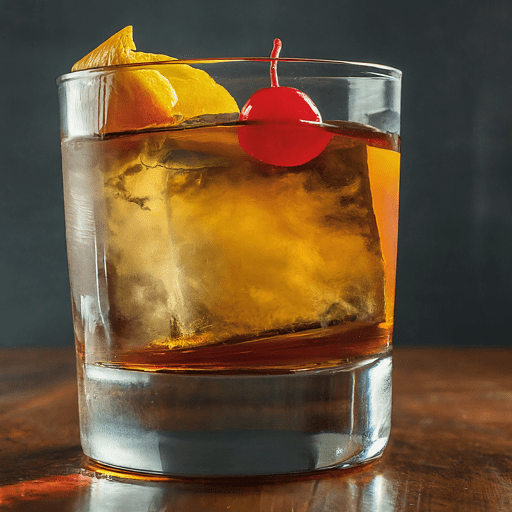Have you ever wondered what makes your favorite cocktail taste so unique or why certain mixtures create those mesmerizing layers? Welcome to the fascinating world of molecular mixology, where chemistry meets cocktail creation to elevate your drinking experience. This article will delve into the science behind your beloved beverages, revealing how understanding the principles of chemistry can transform a simple drink into a sensational experience. Prepare to be amazed as we stir, shake, and pour our way through the chemistry of cocktails!
Molecular Mixology Explained
Molecular mixology is more than just a trend; it’s an innovative approach to cocktail creation that leverages the principles of chemistry and physics to revolutionize how we perceive, taste, and enjoy our drinks. Unlike traditional bartending, molecular mixology focuses on altering the physical and chemical properties of ingredients to create surprising textures, flavors, and presentations. This can include anything from spherification, which encapsulates flavors in gelatinous spheres, to the use of liquid nitrogen for instant freezing or creating smooth sorbets.
Imagine sipping on a cocktail only to find it has a completely different texture than what you expected or discovering a burst of liquid flavor hidden within a solid ingredient. Molecular mixologists achieve these effects by utilizing processes such as emulsification, gelation, and carbonation. By understanding how molecules interact with each other, they can engineer cocktails that not only taste exceptional but also provide an extraordinary visual and tactile experience.
One key concept in molecular mixology is the balance between hydrophilic (water-loving) and hydrophobic (water-fearing) molecules in an emulsion. By manipulating this balance, mixologists can create stable emulsions that alter the mouthfeel of a cocktail. Another technique commonly used is spherification, which relies on the reaction between calcium ions and certain types of seaweed extract to form thin, flavor-packed membranes around liquid centers.
The tools of the trade often resemble those found in a chemistry lab more than those behind a bar. From rotary evaporators for distilling liquids at low temperatures to preserve delicate flavors, to precision scales for measuring ingredients down to the milligram, molecular mixologists use an array of scientific equipment to craft their concoctions. These techniques not only allow for an unprecedented level of creativity but also require a deep understanding of the chemical principles at play.
The Role of Sensory Perception
At its core, the enjoyment of a cocktail is a sensory experience that involves taste, smell, sight, and touch. Molecular mixology intensifies this experience by deliberately manipulating these sensory perceptions through chemistry. For example, aromas can be captured and released in intriguing ways using encapsulation techniques, enhancing the olfactory pleasure associated with a drink.
Moreover, by altering the texture of ingredients through processes like gelification or by creating foams and airs, molecular mixologists can significantly change how a cocktail feels in the mouth – offering a variety from silky smooth to intriguingly crunchy. Visual effects play a huge role as well; clear cocktails made from distilled ingredients or layered drinks that showcase different densities offer a feast for the eyes before even taking a sip.
Temperature also plays a critical role in how we perceive flavors. Through the use of techniques like flash freezing or slow cooking at controlled temperatures (sous-vide), mixologists can concentrate flavors or create surprising temperature contrasts within the same drink. This not only affects taste but can also enhance the texture and aroma, making each sip an adventure.
Lastly, auditory elements can be incorporated into cocktails, adding another layer to their enjoyment. The sound of crackling dry ice or popping candy can transform drinking into a multisensory experience that engages more than just our taste buds. These auditory cues can evoke memories or heighten anticipation, enlivening our emotional connection to what we are drinking.
Conclusion
Molecular mixology is not just about mixing drinks; it’s about crafting experiences that engage all the senses in surprising and delightful ways. By understanding and applying the principles of chemistry, mixologists are able to push the boundaries of what’s possible in a glass, turning each cocktail into a masterpiece of flavor, aroma, texture, and visual appeal. So next time you’re savoring your favorite concoction, remember there’s a whole world of science behind every sip. Cheers to the artful combination of chemistry and creativity that makes every cocktail an adventure!

That article was a fascinating read! I loved how it broke down the chemistry behind cocktails in such an engaging way. The science behind flavors, reactions, and mixology techniques is truly mind-blowing. Great job making complex concepts so enjoyable!